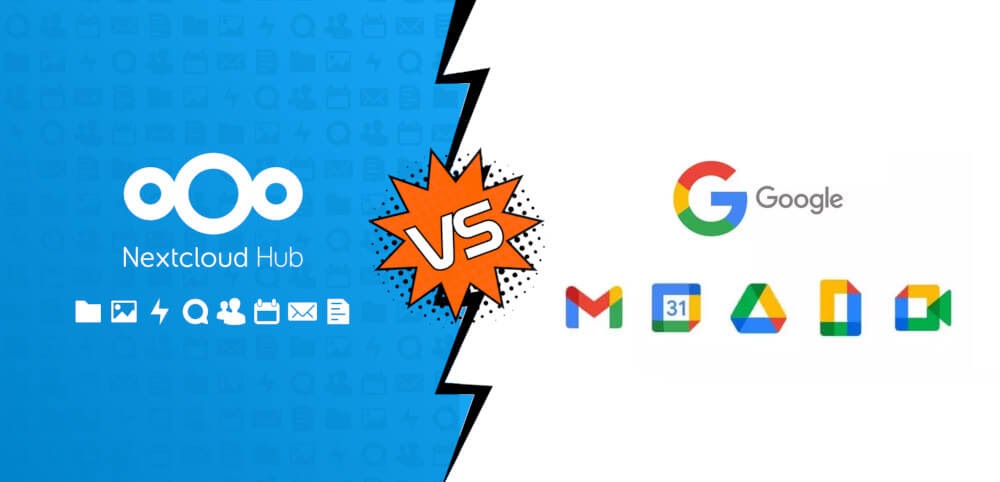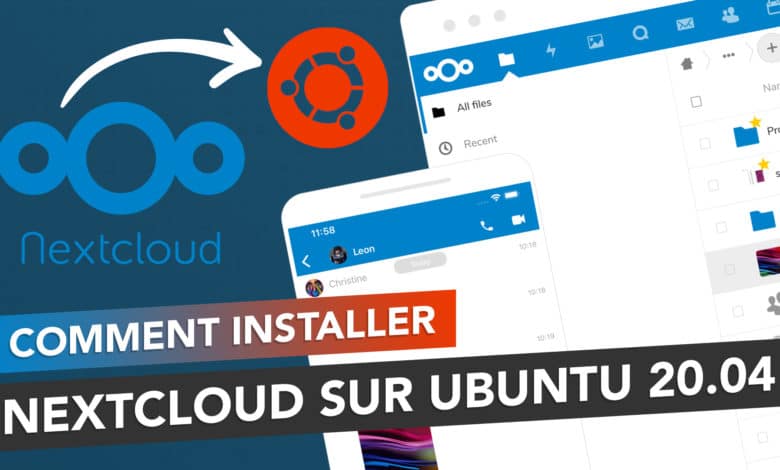
#NEXTCLOUD VS ONIONSHARE INSTALL#
If you install a lot of apps in Nextcloud, however, you also must use a dropdown menu feature to see the rest: Nextcloud Apps Menu On our installation with several apps installed, Nextcloud shows each as a small icon, accessible directly from the main menu top bar. This is essentially the Home page of a private cloud: Nextcloud Files Screen ownCloud Files ScreenĬlick on the share icon for a file and you see on the right side the share menu for that file: Nextcloud Sharing Menu ownCloud Sharing Menu Here we show you the top left corner of the initial screen, known as the “Files” page. Preview the two login screens head to head - they’re quite similar: Nextcloud’s latest release, from February 2018, is version 13.īelow we have these sub-sections in this section: The ownCloud Enterprise Edition does have more features not listed below. The rest of our review is only regarding the Standard Edition, which is open source. The latest release of ownCloud Standard Edition released May 2017 is version 10 or ownCloud X, as they call it. Nextcloud is licensed under the GNU AGPLv3. OwnCloud Enterprise Edition is not open source and is licensed under the ownCloud Commercial License.
#NEXTCLOUD VS ONIONSHARE CODE#
OwnCloud Standard Edition is licensed under the GNU AGPLv3 and the core code is covered by the ownCloud Contributor License Agreement (CLA) Nextcloud has one open source edition and is represented online by and managed by Nextcloud GmbH and the list of contributors is online and boasts that over 1000 people have contributed to Nextcloud. ownCloud also has an official Meet the Team page. They also have an exclusive partnership for North American clients with a company called XTIVIA and there is an XTIVIA page on the ownCloud site describing this relationship. com, has more features, and is also managed by ownCloud GmBH. The Enterprise Edition is represented by owncloud. org and managed by ownCloud GmbH and the list of contributors is online. The Standard Edition is represented by owncloud. The ownCloud project is split into two components, the open source Standard Edition and the Enterprise Edition, which is not open source, but the code can be downloaded without obfuscation. How this affected the community and for other responses to the fork you can read up in various other places like ownCloud’s blog, The New Stack, TechRepublic, CIO, ITWire and others. Regarding why Karlitschek left ownCloud, he himself expresses most clearly in his blog post big changes: I am leaving ownCloud, Inc. Within 6 months Nextcloud GmbH was profitable and remains today profitable and still manages the Nextcloud project. Most of the core contributors of ownCloud left with Karlitschek to join forces in the new Nextcloud project, managed by the new company formed at the same time, Nextcloud GmbH. Nextcloud was launched in April 2016 when Karlitschek forked ownCloud to create Nextcloud. was shut down and today ownCloud is still managed by ownCloud GmbH. was formed to serve the needs of the community of users of ownCloud. OwnCloud was launched in January 2010 by Frank Karlitschek and the first beta release came out in March 2010. The last section Product is certainly the largest section and may be of most interest to many, so if you want, just click on the word Product to jump straight there. Product – what differences exist in the actual product.
#NEXTCLOUD VS ONIONSHARE SOFTWARE#
Who – what people are funding and supporting the software.History – when and how did these two projects get started.

Yes, we are entering now the Battle of the Clouds! 🙂 This is indeed an excellent question and below we’re going to detail exactly what differences exist. Not a surprise then that people are asking every day for details about Nextcloud vs ownCloud. On a 2018 press release Nextcloud notes that they had “over 100K downloads of the Collabora Nextcloud app” in 2017 and in another 2018 press release claim that they have over 35 employees and “over 100 customers and partners.” ownCloud, on the other hand, in a 2018 blog post claim that they have almost 500 customers and that they hired 17 new employees in 2017.

Which project is actually bigger however is not clear. Shows pretty clearly that ownCloud and Nextcloud dwarf the competition, and it also seems pretty clear that since its inception, interest in Nextcloud has been growing fast and today has actually more Google searches than ownCloud.

To see what’s happening in this market, let’s take a brief look at this Google Trends graph of interest in the top four packages over the past 5 years: Google Trends In the open source private cloud space, there are several options, such as ownCloud, Nextcloud, Seafile, Syncthing and Pydio as well as smaller players such as SparkleShare. Interested in finding the private cloud package that will work for you?


 0 kommentar(er)
0 kommentar(er)
